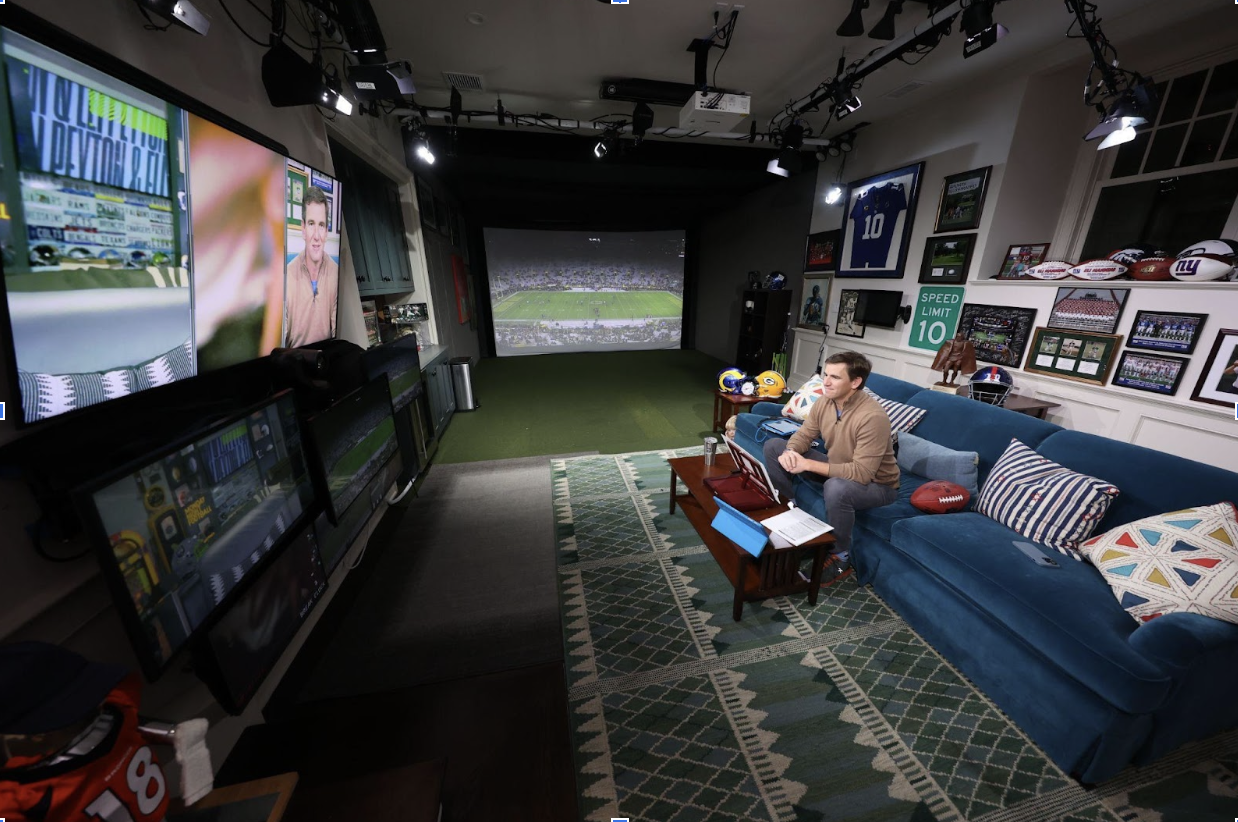Why the ‘fox eye’ beauty trend is being slammed as racially insensitive
“Ching chong eyes!” That’s what elementary school kids used to call Sophie Wang. It was an insidious racist slur casually thrown around as they mocked her Asian ethnicity while pulling on the corner of their eyes. Upward for Japanese. To the side for Chinese. Downward for Korean.
Wang is now 17 and many years removed from the days when her Asian American identity was reduced to “a single facial feature.” And yet, scrolling through social media posts in recent months has brought those memories flooding back thanks to a new beauty trend: “fox eyes.”
On Instagram, TikTok and YouTube, people from all over the world have been posting videos and photos modeling the look — using makeup and other tactics to emulate the lifted, so-called “almond-shaped” eyes of celebrities such as Kendall Jenner, Bella Hadid and Megan Fox.
But to Wang and other Asian Americans, the “migraine pose” that sometimes accompanies these images — using one or two hands to pull the eyes up by the temples to exaggerate the result — is far too similar to the action used to demean them in the past.
Emma Chamberlain, an influencer with 9.8 million followers on Instagram, was recently criticized for posting a picture that showed her striking this pose while sticking out her tongue.
But the damage had already been done.
“It’s a new trend that brings out old stereotypes and old taunts,” Wang said in a phone interview. “Because it makes people like me feel uncomfortable and (to) some degree annoyed, it’s time to talk about it.”
“Yet in the 21st century, these Asian features have suddenly transformed into beauty trends for non-Asian people,” she wrote, adding that the trend is an act of cultural appropriation.
Appropriating Asian eyes
Kelly H. Chong, a sociology professor at the University of Kansas, defines cultural appropriation as the adoption, often unacknowledged or inappropriate, of the ideas, practices, customs and cultural identity markers of one group by members of another group whom have greater privilege or power.
“The cultural influencers from the dominant group legitimize it as a cool, style ‘trend,’ and in the process exoticizes and eroticizes it,” Chong added in an e-mail interview. Even the term “almond eyes,” she says, which is being used to describe the shape of fox eyes, has long been used to describe the shape of Asian eyes.

“My eyes are not a trend,” by Chungi Yoo, an illustrator based in Frankfurt, Germany. Credit: Courtesy @chungiyoo
She points to Hollywood’s uncomfortable past in the appropriating the shape of Asian eyes. In the early 1930s, makeup artist Cecil Holland used techniques — some, similar to creating fox eyes today — to transform White actors into villainous Asian characters, like Fu Manchu. And Mickey Rooney, the White actor playing the part of Holly Golightly’s thickly-accented Japanese neighbor in “Breakfast at Tiffany’s” cemented “the buck-toothed, slit-eyed Asian man look” in the popular imagination.
“This wasn’t some dated movie where you could blame the distorted norms of the time period. This was happening now. And it was still viewed as acceptable,” she wrote in an email.

Myrna Loy, a White actress, portrayed the depraved daughter of Fu Manchu in “The Mask of Fu Manchu” (1932). Credit: Bettmann/Bettmann/Getty Images
Like most beauty trends, the craze for fox eyes will eventually subside, and has begun to already since it first came about earlier this year. But that’s exactly the problem, according to Stephanie Hu, founder of Dear Asian Youth, a California-based organization that encourages Asian activism.
“It really feels like this is a temporary trend,” Hu said, adding that she believes Asians’ eye shapes aren’t just something to be casually adopted and then “given back” when the trend is over.
“Our eyes are something that we have to live with every day,” Hu said in a phone interview.
Pressure to assimilate
Many Asians have long felt the pressure to alter the shape of their eyes, and to make them appear larger.
Blepharoplasty is used to create double eyelids, or a supratarsal eyelid crease. It’s one of the most common cosmetic procedures in East Asian countries, as well as among Asian Americans. But when it was first popularized, in the early 1950s, it was used as a tool for Korean women to assimilate in the US.

Korean plastic surgeon Kim Byung-gun (not pictured) demonstrates the effect of “double eyelid surgery,” which adds a crease to the eyelids to make the patient’s eyes appear larger. Credit: Nir Elias/Reuters
“Surgically altering the ‘slanted’ eyes became a mark of a ‘good’ and trustworthy Asian, one whose modification of the face provided a comforting illustration of the pliable Asian, and served as evidence of the US as the model and Asia as the mimic,” wrote Taeyon Kim, then a PhD student at Bowling Green State University, in her 2005 dissertation, which is quoted in the article.
“While it is primarily beauty that motivates (today’s women’s) desire to alter their eyes, this beauty is built on a legacy of history of Western science and race that privileged the white body as the normal, beautiful body,” Kim wrote.
When social trends go viral
What is deemed attractive these days is significantly influenced by social media, where beauty trends can quickly go viral, and arguably just as quickly become destructive to a person’s confidence and self worth.
On Tiktok, the hashtag #foxeye has already accumulated 72.8 million views, while on Instagram, the hashtag #foxeyes has more than 70,000 posts.
Asian American makeup artist Marc Reagan said when he first spotted the fox eye trend, he didn’t think it was problematic. He simply saw it as a set of makeup techniques to enhance the eyes and to exaggerate an almond shape.
But it “morphed into something different,” he said, noting that it became offensive when people started adding the gesture of pulling up at the temples.
“I absolutely think that everyone needs to pause before they take (that) action,” Reagan said in a phone interview. “Everyone needs to pause, take a step back: ‘Is this something that could be interpreted the wrong way?’ ‘Am I taking it down the path where it turns from being a simple makeup trend into appropriation?'”
“You can’t be surprised that someone’s going to be offended by you exaggerating a feature on your face that mimics something that they’ve been made fun of or discriminated against for. So we are (living) in a really sensitive time and those types of things need to be taken (into consideration) every single day.”
Top image caption: Screenshot from Instagram of the #foxeyes hashtag.






